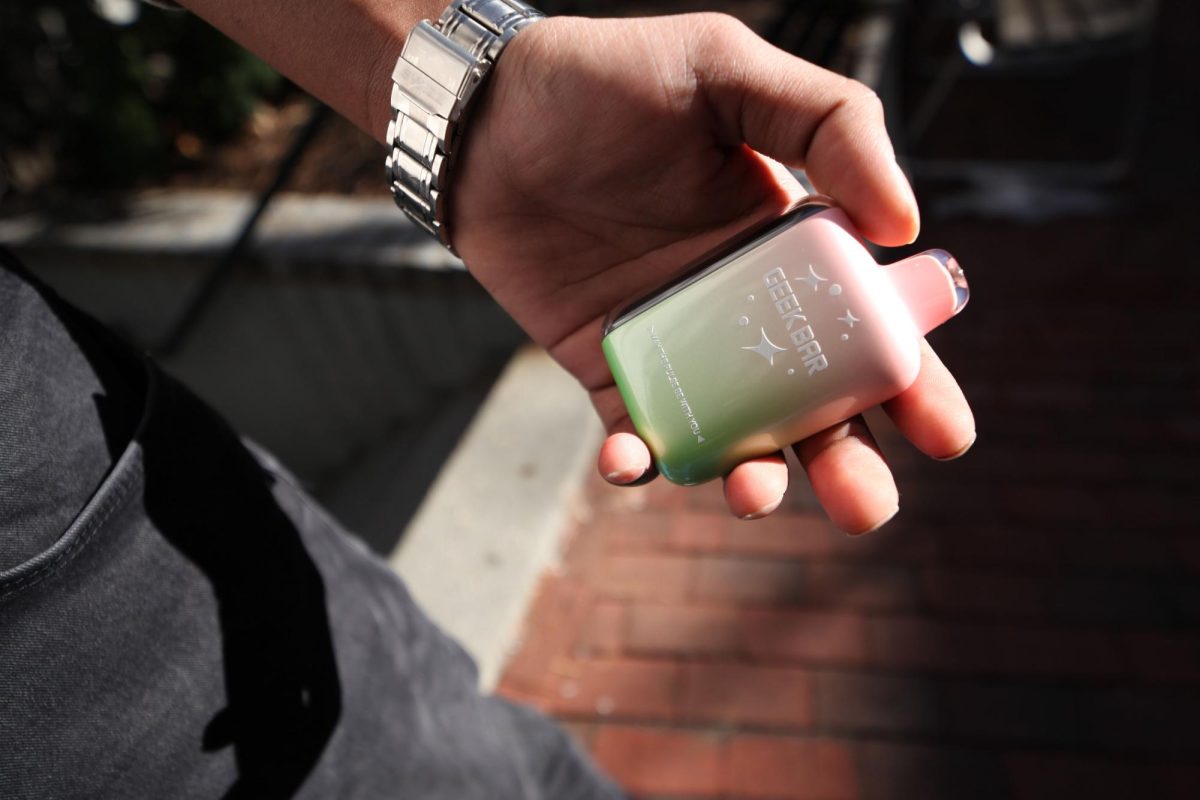According to the American Academy of Dermatology (AAD), one in five Americans has melanoma, otherwise known as skin cancer, and another million will be diagnosed this year. The organization’s Web site, www.aad.org, offers the following sun safety tips to help prevent the disease that killed approximately 9,800 in 2003.
* Everyone, regardless of skintype, should use sunscreen with a Sun Protection Factor (SPF) of 15 year-round if planning to be outside for more than 20 minutes, even in bad weather. Eighty percent of the sun’s ultraviolet rays pass through the clouds on overcast days.
* SPF is determined by how long it takes to burn with sunscreen compared to the time it takes to burn without sunscreen. AAD says: If a fair-skinned person who would normally turn red after 10 minutes of sun exposure is wearing an SPF 2 then it takes 20 minutes for the skin to burn. An SPF 15 takes 150 minutes for the fair-skinned person to burn.
* Sunscreen should be applied 20 minutes before going outdoors so it can be absorbed into the skin and work effectively.
* In order to cover all exposed areas of the body, one ounce should be used (about a shot glass full), and reapplied every two hours. Even water-resistant sunscreens can lose their effectiveness after only 80 minutes in the water.
Prime Protection
* Limit sun exposure during “peak” hours when the sun’s rays are strongest, between 10 a.m. and 4 p.m.
* Wear protective clothing including sunglasses, hats, long-sleeved shirts and pants during prolonged sun exposure.
* Lips burn, too, so use a lip balm containing SPF 15. Tanning Troubles
* A suntan is the skin’s response to an injury, therefore there is no “safe” way to tan. Tanning occurs when the sun’s ultraviolet (UVB) rays penetrate the inner layer of the skin, causing cells to produce more melanin in response to the injury.
* Chronic sun exposure not only increases the risk of skin cancer, but also prematurely ages the skin, causing wrinkling and age spots.
* Tanning beds use artificial radiation and carry all the risks of natural sunlight. Radiation from tanning beds poses short and long-term health risks, including cataracts (eye damage), sunburns, skin cancer and premature aging.
Soothing Sunburns
* First degree sunburns consist of pain and redness, and will heal with potential peeling of the skin. They can be treated with cool baths and bland moisturizers. Aspirin also lessens the early development of sunburn.
* Second-degree sunburns consist of painful blisters and can be an emergency if it covers a large area of the body.
* Sunburns accompanied by headaches, chills or fever should be immediately treated by a medical professional.
– Compiled by Jen Nelson, News Staff from www.aad.org








